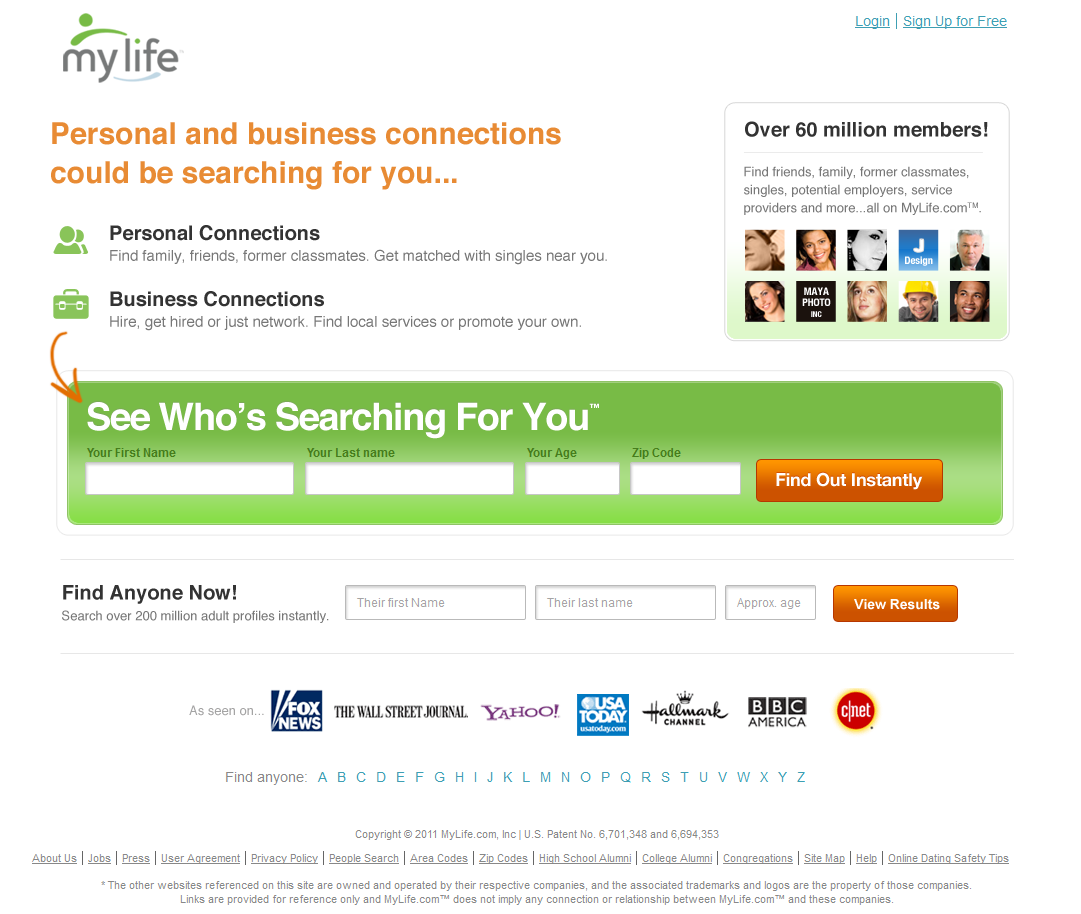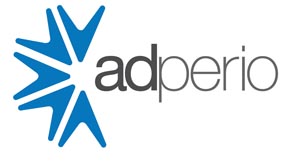Ever since Panda rolled out, everyone has been talking about how it has affected their ability to monetize pages. Article Submission Sites or Content Farms have been hit the hardest, with some of them seeing as much as a 85% drop in traffic. The reason is simple: Duplicate Content is penalized significantly when it comes to Google now, rewarding those who make unique interesting content. This was simply done because Google wants sites with actual content to show up first, instead of marketers trying to manipulate their search rankings. However, some people have found they have been squashed by the big Panda even though they are making new content. What is a marketer to do? Here are some tips that you might not know.
[pullquote]You Need to Avoid:
Writing Similar Articles about the Same Subject.
Having Too many Adsense Ads on the Page.
Heavy Template Content.[/pullquote]
Avoid Writing Similar Articles about the Same Subject.
Google is really interested in not only unique content, but unique titles. There is a lot of proof that the title of the articles can really affect how google treats indexing. At one time people would make tons of articles about the same subject, hoping they were all indexed and thus creating more opportunity. Now, instead, many webmasters are finding that killing most of the content and concentrating a few articles about the subject with different viewpoints is working better.
Yes, the site above is trying to use the same keywords over and over again, and it’s just hurting them. Allowing people to create basically the same article numerous times, with same keywords PLUS the site description is a really bad idea. If the site is actually about that topic, there is fewer penalties, but the keywords in the title when it’s not general keywords in the site, is a redflag. Something stinks!
Too many Adsense Ads on the Page.
Despite many people telling us that Google wants you to plaster you page with tons of ads, there is enough proof that having loads of Google Adsense ads placed all over the page actually hurts results. Remember, Google doesn’t want you taking away from their revenue by driving visitors to your page, from their search engine, only to then turn around and spam visitors with ads. The team that looks for spammy type content search engines is completely separate from the adsense team. Look at Wisegeek below, which was hit hard during the update, and this week during another update hurt even worse.
Nothing says crap in my opinion like a bunch of adsense ads all over the content.
Way too Heavy Template Content.
Simply put, there are a lot of sites out there that try to use heavy template content in order to create tons of links and get the same information about the site always in front of the users. While google realizes that most sites do this for various reasons, including navigation, they have a filter in place that basically will start to ignore and site that has too much of the same content from the template. What does that mean? That even if the main article is different, if the surrounding content is too similar, google treats it as the same page within the same site. Most people theorize that the 95% similarly is about where the cut off begins, but some say it is as high as 90%.
This can be particular dangerous for any site that just shows videos, but has a lot of similar text surrounding the video. Google doesn’t always show a video as unique content, just one URL around hundreds of similar text examples.
Similarly, avoid please having too many columns with “recent articles” and “rest comments” One column is enough, but if you start to load in the same links over and over, it will push your duplicate rate through roof.
One way to easy prevent this is to put most of the duplicate stuff at the bottom of the pages, and allow for real users to interact via comments. Google loves commenters!
You can use this great tool to weed out pages in your own site that have a high similarity. http://www.duplicatecontent.net/
One thing to remember, that I’m going to keep on recommending, is that long term, creating real content for real users actually makes you a great deal more money. Return visitors, those who sign up to your newsletter, those who actually are fans of your site are longer term revenue models than getting someone to click on an advertisement and making a few cents. Creating actual websites, with actual content, with actual interested readers will always last longer for any affiliate and performance marketer.

























